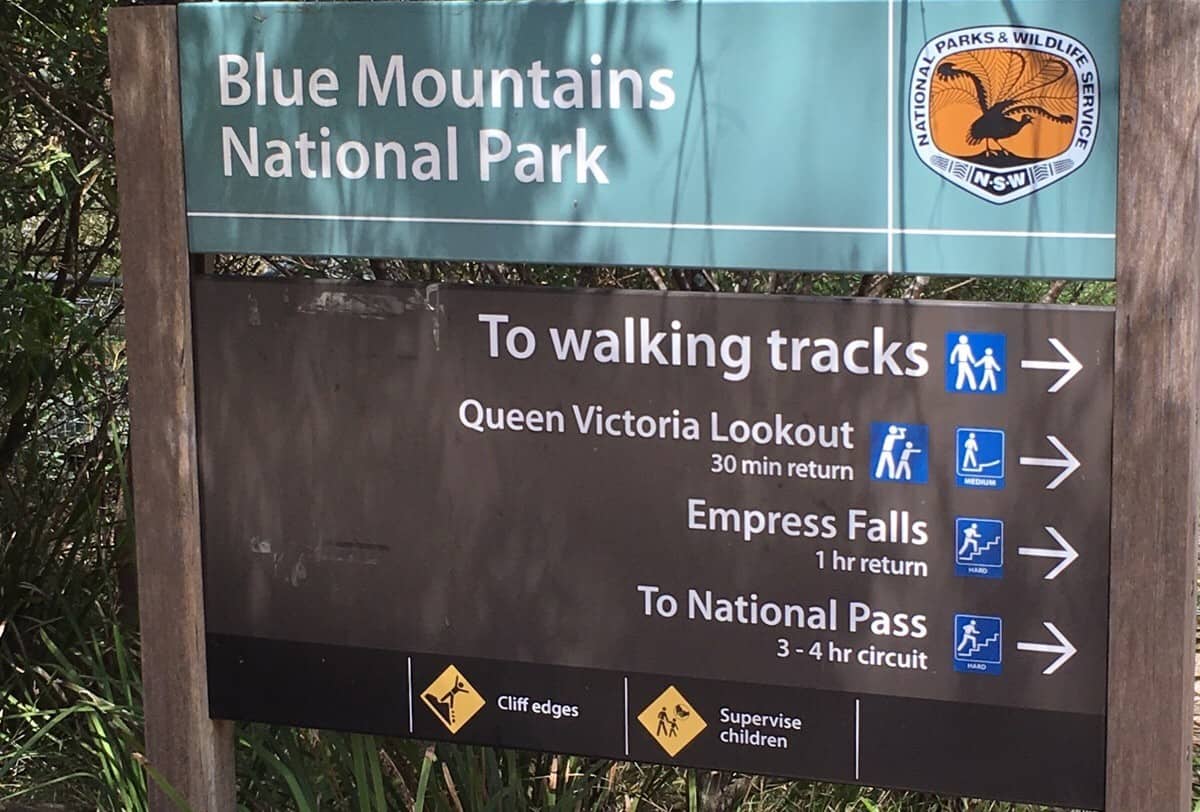The Joy of Walking – And Why It’s Great For Your Health
Published: 09 Nov 2015

Busy is the new black, and for many of us it’s tricky to fit regular exercise into hectic schedules.
However – this is a good news story. You don’t have to train for a marathon, sit on an exercise bike for hours or go to the gym 5 times a week to get fitter, healthier and happier. Losing those extra kilos, preventing cardiovascular disease and reducing stress can simply be achieved by walking.
The health benefits of walking are scientifically proven and include:
- increased creativity during and shortly after a walk
- decreased stress – the brain can actually go into a meditating state when walking through nature. An increase in the calming neurotransmitter GABA and endorphin which can make you feel better/happier. We can all use some of that!
- a brisk walk of 30 minutes a day reduces blood pressure. A walk for 15 minutes after a meal can even reduce blood pressure for more than 24 hours!
- increase in energy levels. Walking can improve blood sugar levels and help in reducing the chance of getting type 2 diabetes.
- improved circulation in the whole body. An increase in heart activity supplies tissues with more oxygen and essential nutrients. All organs will benefit from an increase in blood flow. When muscles are activated they produce waste products so drink water before and after a walk so your body can get rid of those waste products easier.
- burning calories. Walking will help when you want to reduce weight but always combined with a healthy diet. When walking at a pace of about 6 km per hour you can burn about 240 calories. You will almost burn 5 times more calories compared to when you are sitting! If you would like to reduce weight it is much easier to increase walking compared to running. Also the longer you walk the easier it will be for the liver to burn fat. So, if you decide to go for a brisk walk I would suggest doing so for at least 20 min in one go, preferably longer.
- reduce the risk of osteoporosis. Women who walk regularly have less loss of bone density (osteoporosis) compared to less active women.
Due to the low impact on joints and muscles walking is suitable for almost everyone. Simply get yourself comfortable clothing and (running) shoes, and find a spot where you’d love to be. This could be the beach, the Nepean river, a park or one of the many walking gorgeous tracks in the Blue Mountains.

Tips:
- 30 minutes a day is enough to start with. If you are an inexperienced walker I would recommend starting with 15 minutes and increase with 5 minutes each other day until you get to 30 minutes.
- Walking is very cheap but make sure you’ve got good socks and shoes. Walking in joggers that have the right amount of cushioning, support and stability makes it so much more enjoyable!
- Park your car a little further away from work to get some extra minutes of walking in. When going out for lunch leave the car behind and walk with your colleagues.
- Be upright, use your upper body and activate your core when walking. The more muscles you use the better. Also make sure you get your heart rate up and start breathing deeper. Note: you should never have the feeling you are getting short of breath.
- Find a friend to accompany you during your walk or take your four legged friend. Encourage each other to commit to walking on a regular basis and make it more challenging. If you are walking by yourself listen to your favourite music or even one of the many interesting podcasts.
- A pedometer can be helpful to count steps but even better are apps on the smart phones. They tell you what distance you’ve done, calories burnt, average speed and even heart rate. This makes it even easier to safely increase your distance. An app can even encourage you to continue walking by sending notifications. While you’re walking it can also tell you every so many minutes what distance you have done and what your average speed is.
This works well to keep up the right speed. Not too fast and certainly not to slow.
- For the people out there that eventually would like to start running I would strongly recommend interval training. With this type of workout you do 30 seconds of light jogging after every 3 min of walking. Start doing this after 10 to 15 min of walking first. Light jogging is roughly 7 to 9 kilometres per hour.
Now that you are aware of all the benefits it is time to get started. There is no need to wait until the 1st of January.
If you have any questions regarding what heart rate is best suitable for you, how to activate your core muscles, how to further safely increase sporting activities or what shoes to get please consult any of the friendly physiotherapists at The Healthy Body Company Penrith or Jordan Springs.
Enjoy your walk!

This great article is by Michiel van Straten – a Senior Physiotherapist in our Penrith practice. Michiel may be found, when not at work, walking vigorously around the beautiful Blue Mountains with his wife Sam and much loved dogs.



